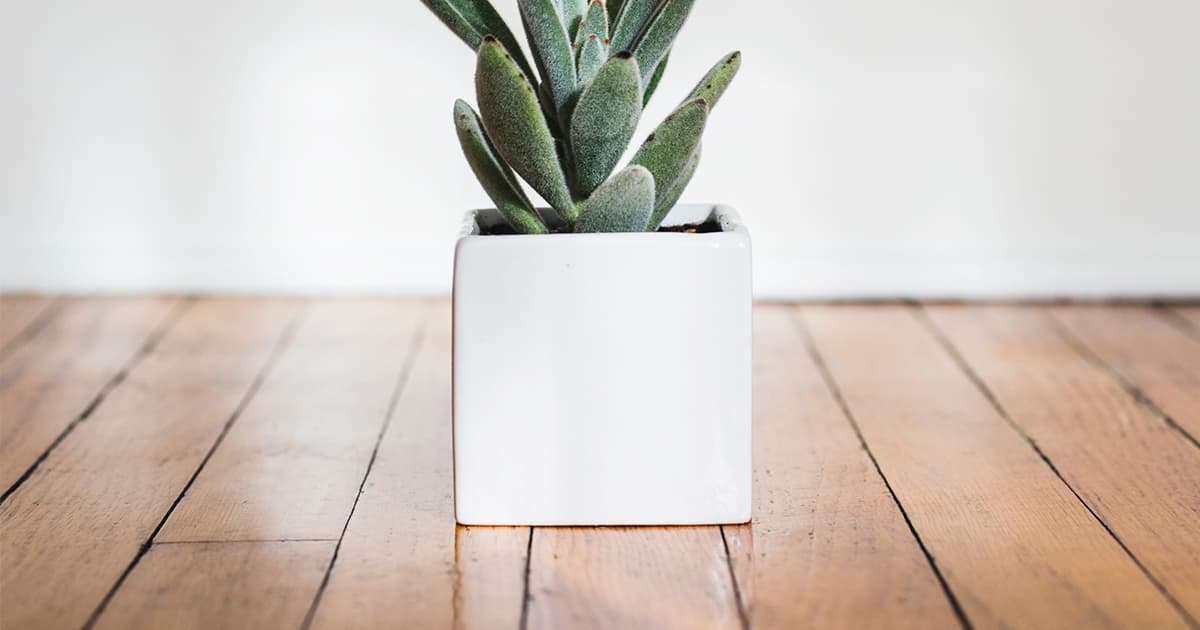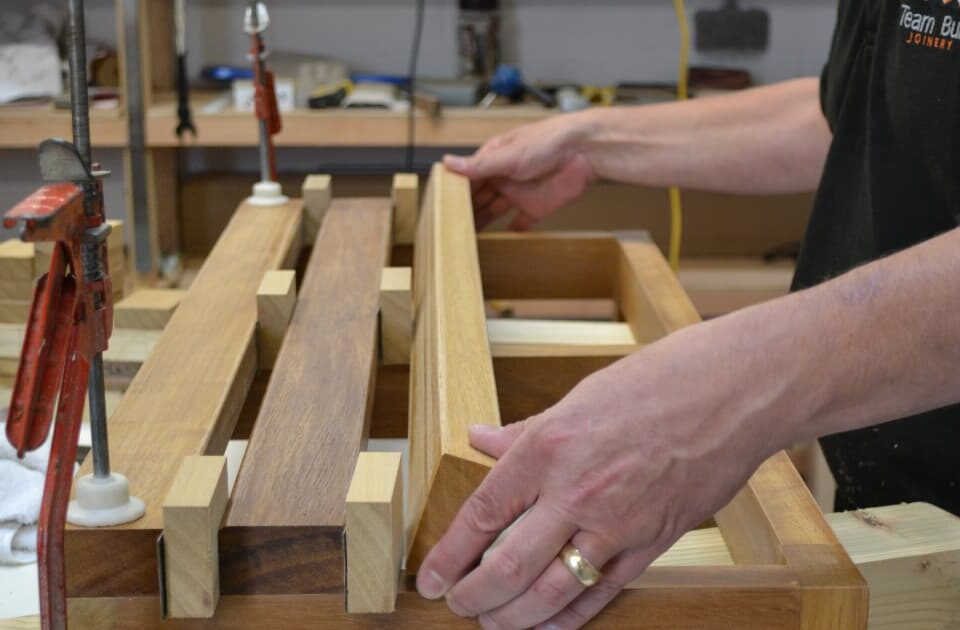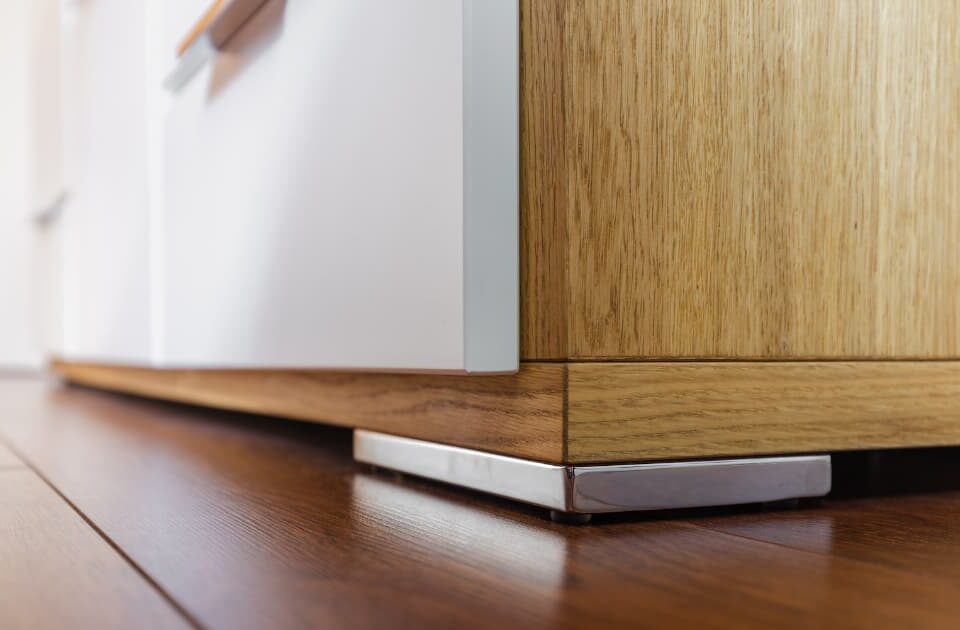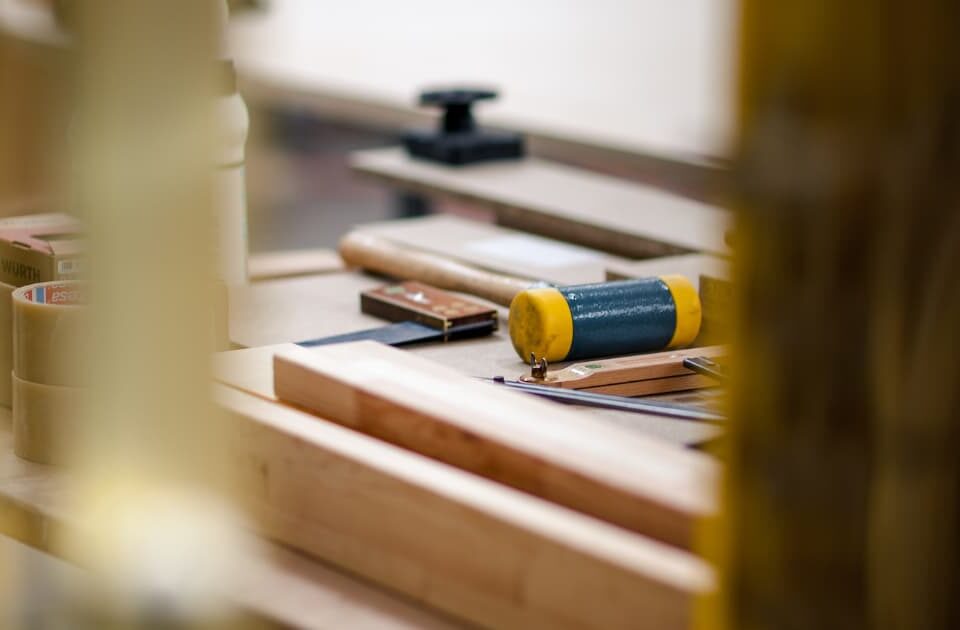Top Tips For Renovating Old Floors

Kitchen Design Tips That Will Stand the Test of Time
16th December 2019
Choosing the Ideal Kitchen Sink: A Mini Guide
6th January 2020Whether the style in your home is traditional or contemporary, old and original flooring can be a charming addition. An expert will tell you that although original floors are a beautiful feature, they are often problematic. They usually require repairing and renovating, and that can take some serious time, skill and effort.
No matter the type of old flooring you are looking to renovate, it is what lies beneath that really counts. As a joinery and interiors company, we have a wealth of experience and knowledge in bringing old flooring back to life. Our specialists have shared their top tips for successfully renovating old floors.
Investigate Your Subfloor
Traditional and older properties often have very cold, damp floors with a lack of insulation. This is because they are laid directly onto the earth, ash or sand and were designed to be breathable. Subfloors like this are very common with tiles and parquet and often lead to the floor being very cold underfoot. Problems can arise if the floors are covered with some kind of non-breathable material, or if an unsuitable insulation is used beneath the flooring.
When it comes to original floorboards, the subfloor is often found to be rotten. Many floorboards are laid onto timber joists which are prone to rotting and also typically have a lack of insulation.
Fixing the Subfloor
Once you know the condition and type of subfloor you have got, you can work on a solution for renovating. One popular solution is to take up the flooring and dig it out to a lower level. This will allow for appropriate insulation, membrane, concrete and a new floor covering to be fitted.
However, this can be an issue as a large number of insulation materials for solid flooring require an impervious damp-proof membrane in order to keep the insulation dry.
Any insulation materials that are used should be able to withstand the weight of the concrete that needs to be laid over the top. This limits the insulation that can be used to just those that are impervious to moisture and air. The moisture balance in flagstones and quarry tiles can be disrupted because of this. Future problems with damp can be caused by taking up old flooring and relaying onto a concrete subfloor with a damp proof membrane. This is because salts within the old flooring can be brought to the surface which then absorb moisture in the air and result in damp flooring.
Repairing Wooden Flooring
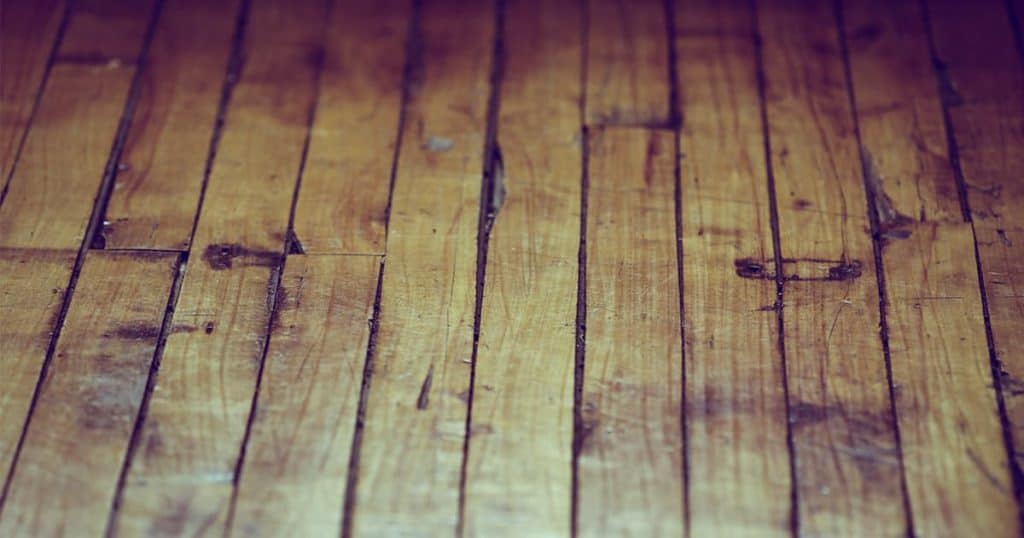
Timber wooden flooring boards are common in traditional properties and can be beautifully restored to create a lovely feature. Many old timber floors suffer from having rotten timber joists. Sometimes, just small areas of the wood might be damaged and can easily be repaired. However, if the entire flooring has suffered from bad damage, then a full replacement may be recommended.
It is possible to replace rotten timber joists with steel systems which are very effective as they will not rot again in future. The floorboards themselves often require some attention such as filling in gaps, fixing creaks, repairing scratches and re-varnishing.
Repairing Tile, Stone and Parquet Flooring
When it comes to tile, stone and parquet flooring with an earth, sand or ash subfloor, there are a few options that can be considered. If you want to retain the finish of the original flooring, then you can take up the flooring material carefully and dig out below.
Insulation, damp-proof membrane and concrete can be laid followed by the original floor covering. This option requires great care to be taken when the floor is removed, as it needs to be perfectly fitted back together again.
The moisture balance of these flooring materials can easily be thrown out by modern insulation materials as they rely on an impervious damp-proof membrane to stay dry. This can lead to issues with damp in the future, even in properties where damp was not an issue before.
There are some methods available for insulating these types of old floors effectively, while not affecting their breathability. Some new materials are able to absorb and emit the moisture and can also be laid successfully in properties with underfloor heating. Adding any type of new membrane and insulation to old flooring can be very disruptive as it requires full upheaval. The entire floor will need to be dug up to the necessary depth and then levelled and compacted. The results are often well worth it, as old flooring can be restored to create a stunning new feature in the home.

